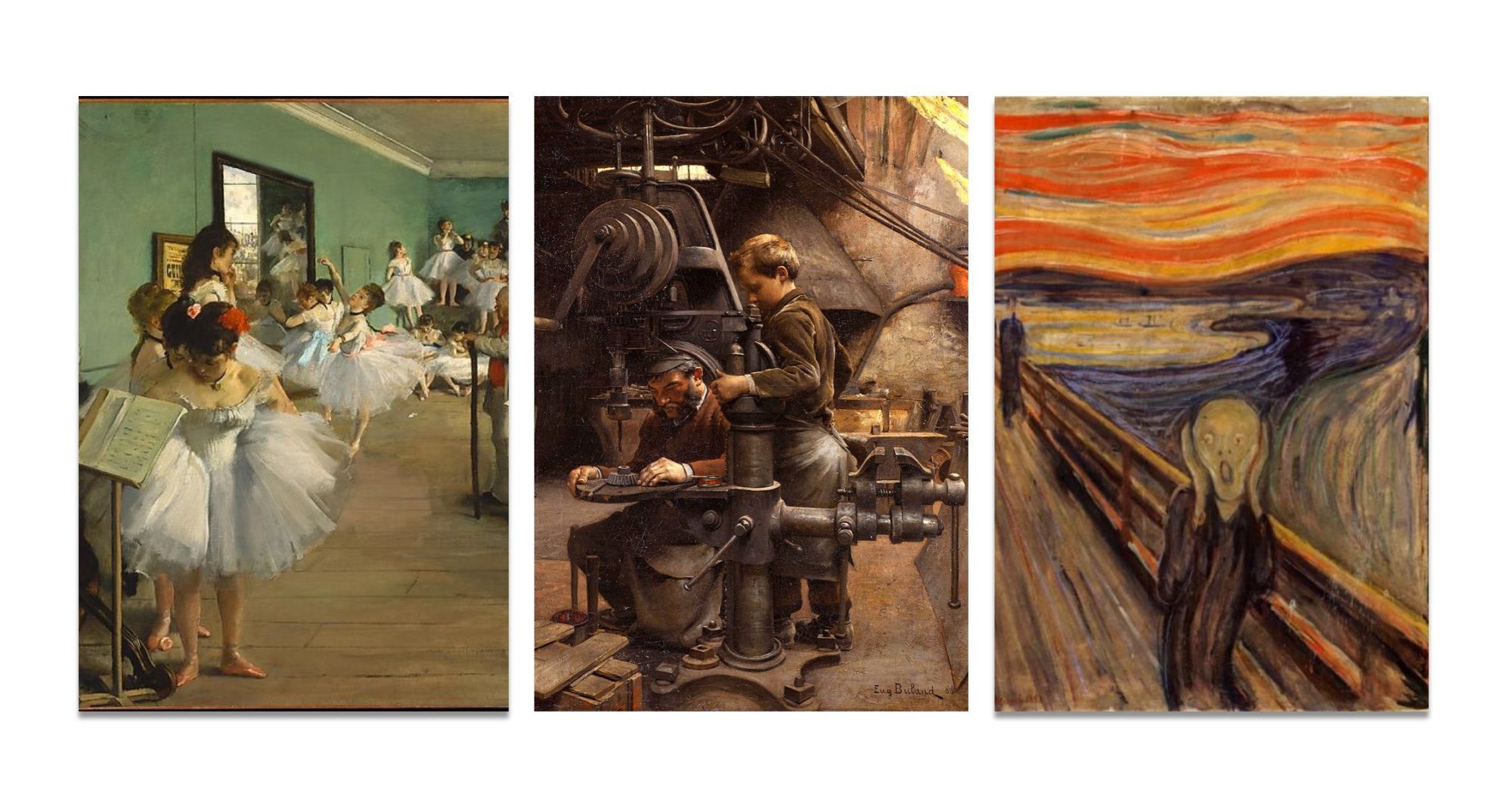Attendance (100 points)
Surprises sometimes get in the way of regular attendance, but don’t let them destroy your chances of success in this course. Contact me if you run into any obstacles this semester. You may receive two (2) excused absences during the semester, no questions asked.
Your attendance grade will be determined by the number of unexcused absences you have accrued (grading scale: 0=100, 1=95, 2=85, 3=75, 4=65, 5=55, 6+=0). Three (3) unexcused tardies are equivalent to one (1) unexcused absence. Note that after six (6) unexcused absences, your chances for success in this course decline considerably. It is your responsibility to make sure your attendance is recorded if you arrive after roll has been taken.
Final Letter and Commonplace Book (150 points)
- Write a letter addressed to your professor that evaluates your learning achievements this semester (2-3 pages single-spaced)
- Select 3 examples (from projects, experiments, or class discussions) to analyze (one paragraph per example).
- For your fourth example, describe your engagement with the commonplace journal and commonplace circle in greater detail (three paragraphs for this example). Comment on the patterns you see in your selection of quotes, your engagement with the texts, and your engagement with your peers. Include 5 images from your commonplace journal to illustrate these observations.
Commonplace books “are a way to compile knowledge, usually by writing information into books. Such books are essentially scrapbooks filled with items of every kind: recipes, quotes, letters, poems, tables of weights and measures, proverbs, prayers, legal formulas. Commonplaces are used by readers, writers, students, and scholars as an aid for remembering useful concepts or facts they have learned. Each commonplace book is unique to its creator’s particular interests.” (Wikipedia)
In addition to regular attendance, preparedness, and discussion, students will engage in regular collection and curation of materials from the course, compiling a commonplace book of knowledge and artifacts for further research and inquiry. Over time, we will look for patterns in the artifacts that you snip, and begin to identify fields of study for you to investigate further.
Commonplace books are typically small journals dedicated to the purpose of copying and embellishing the sources of knowledge that you collect. For this course, you may alternatively create a digital commonplace book, in which you gather photographs or quoted texts into a consistent digital platform. Tip: choose the method that will be most sustainable and consistent with your daily habits. You will need to bring your commonplace books to each class period.
See examples of commonplace books, past and present, here.
